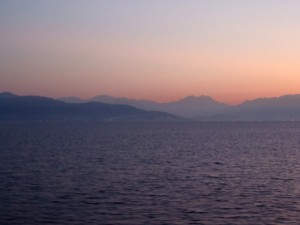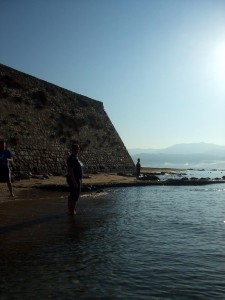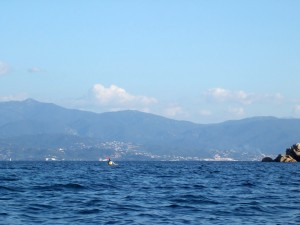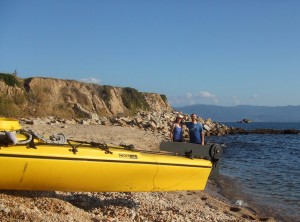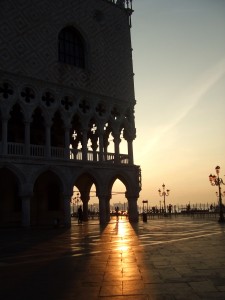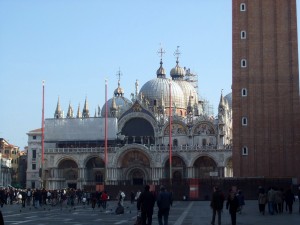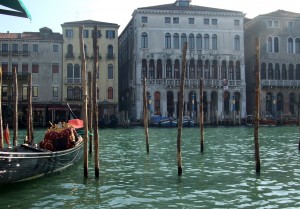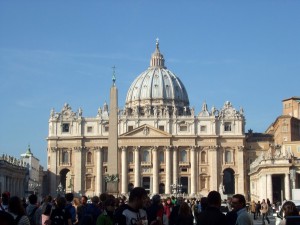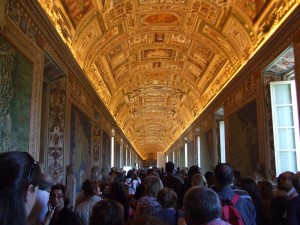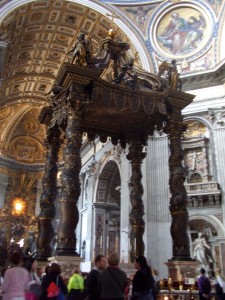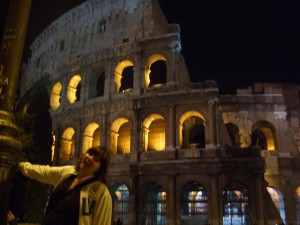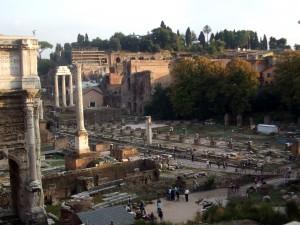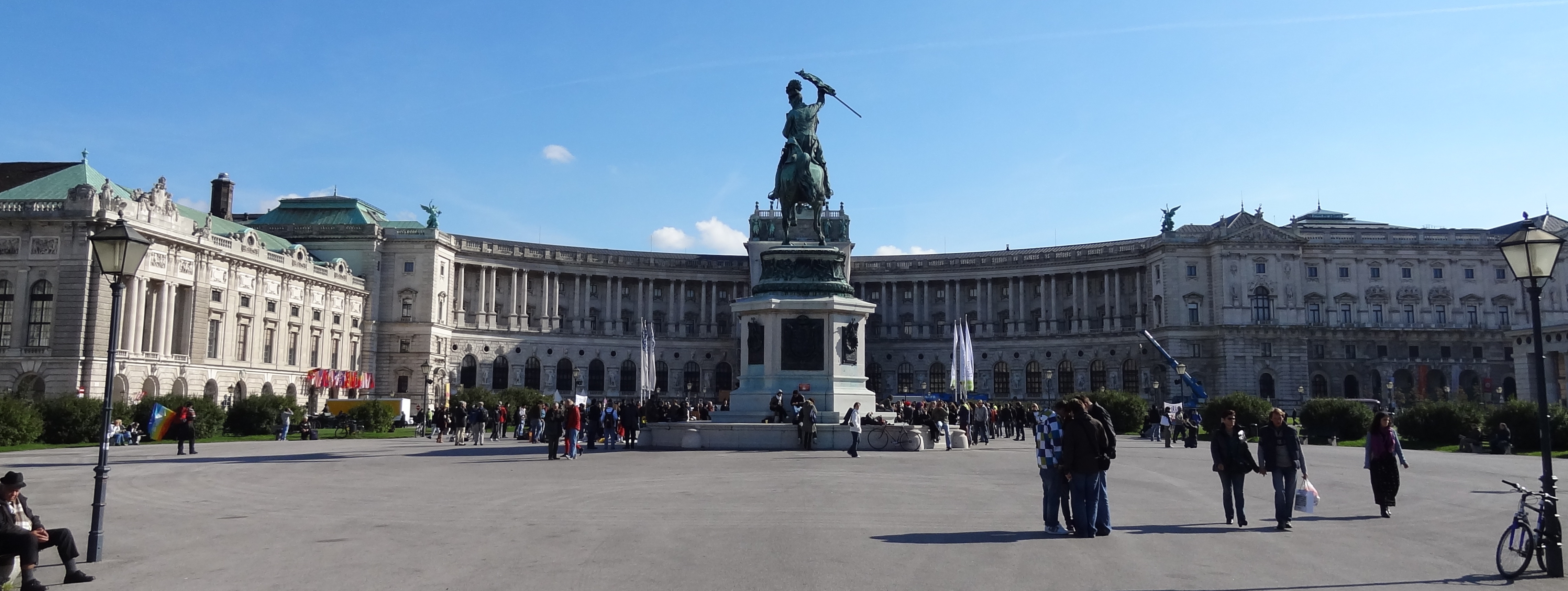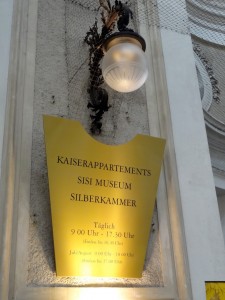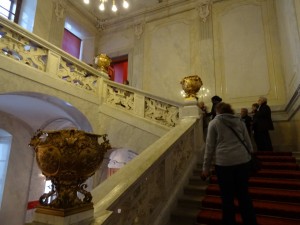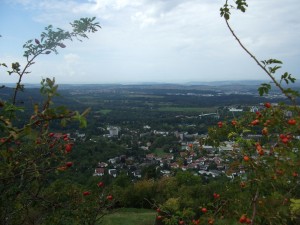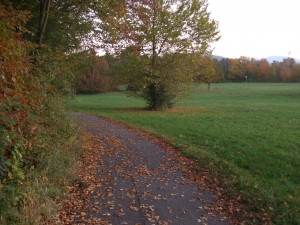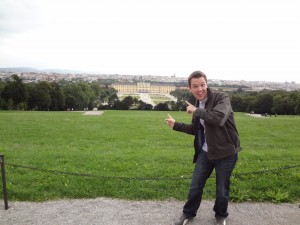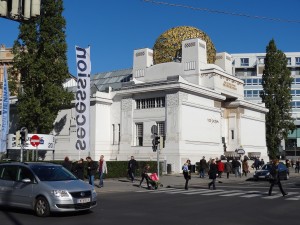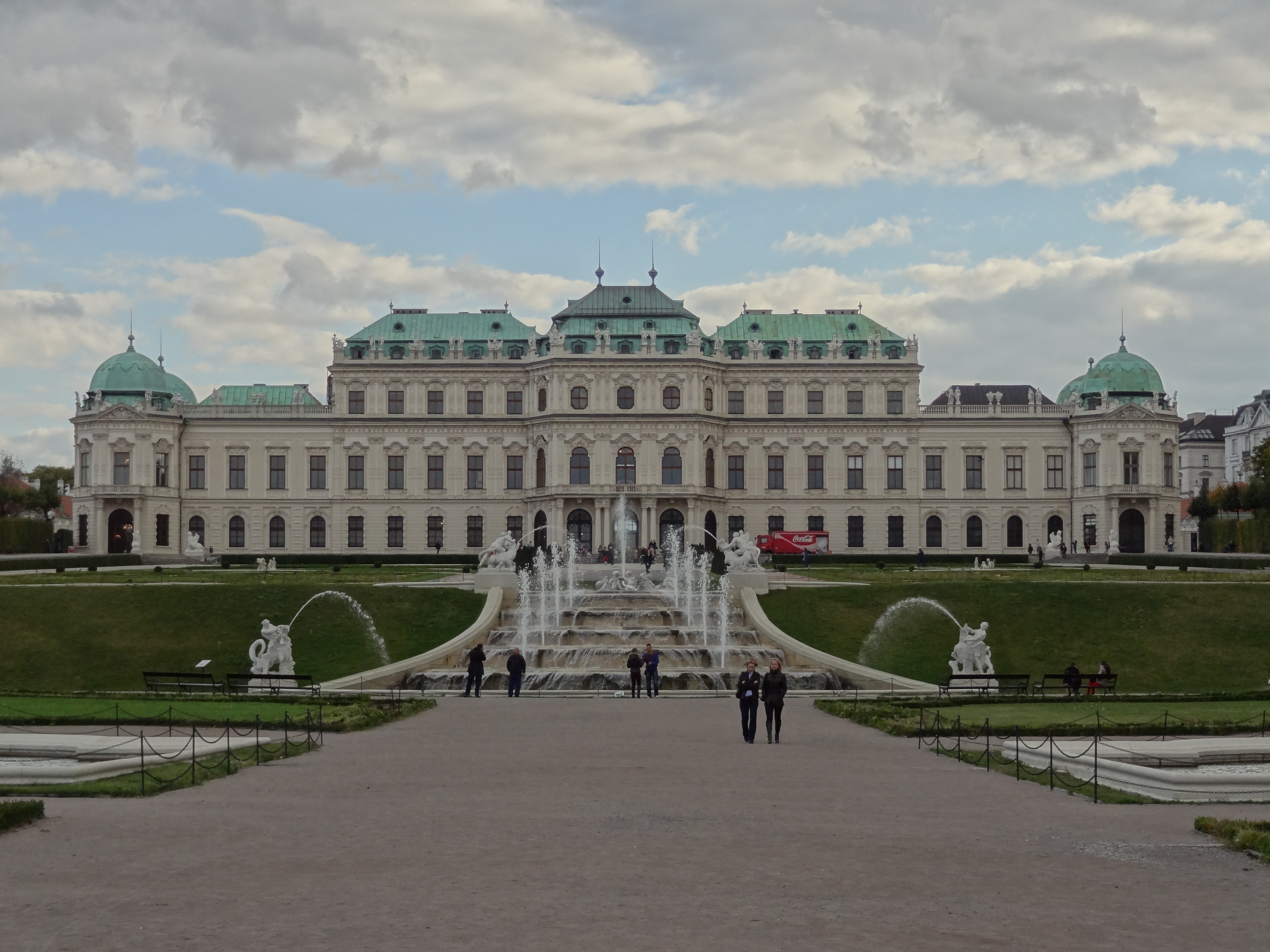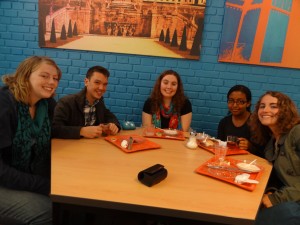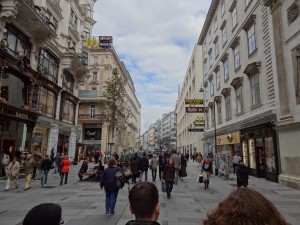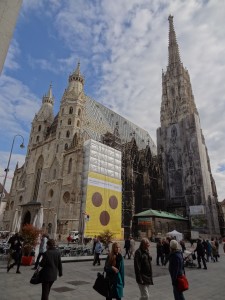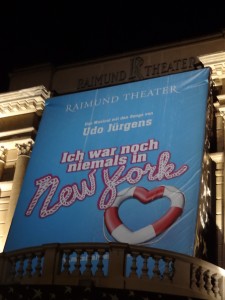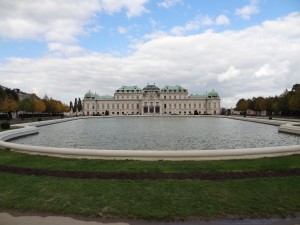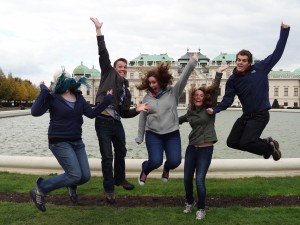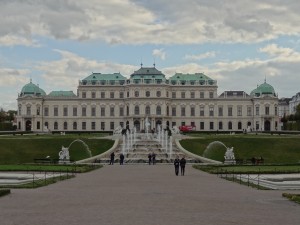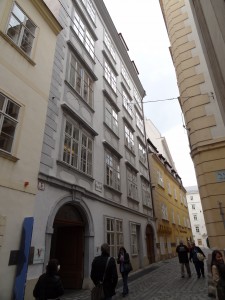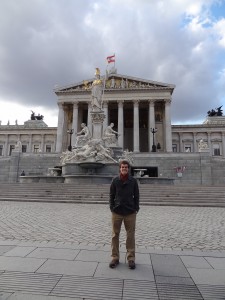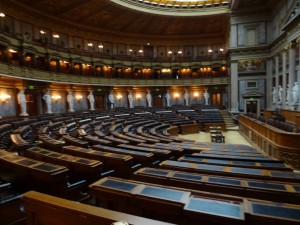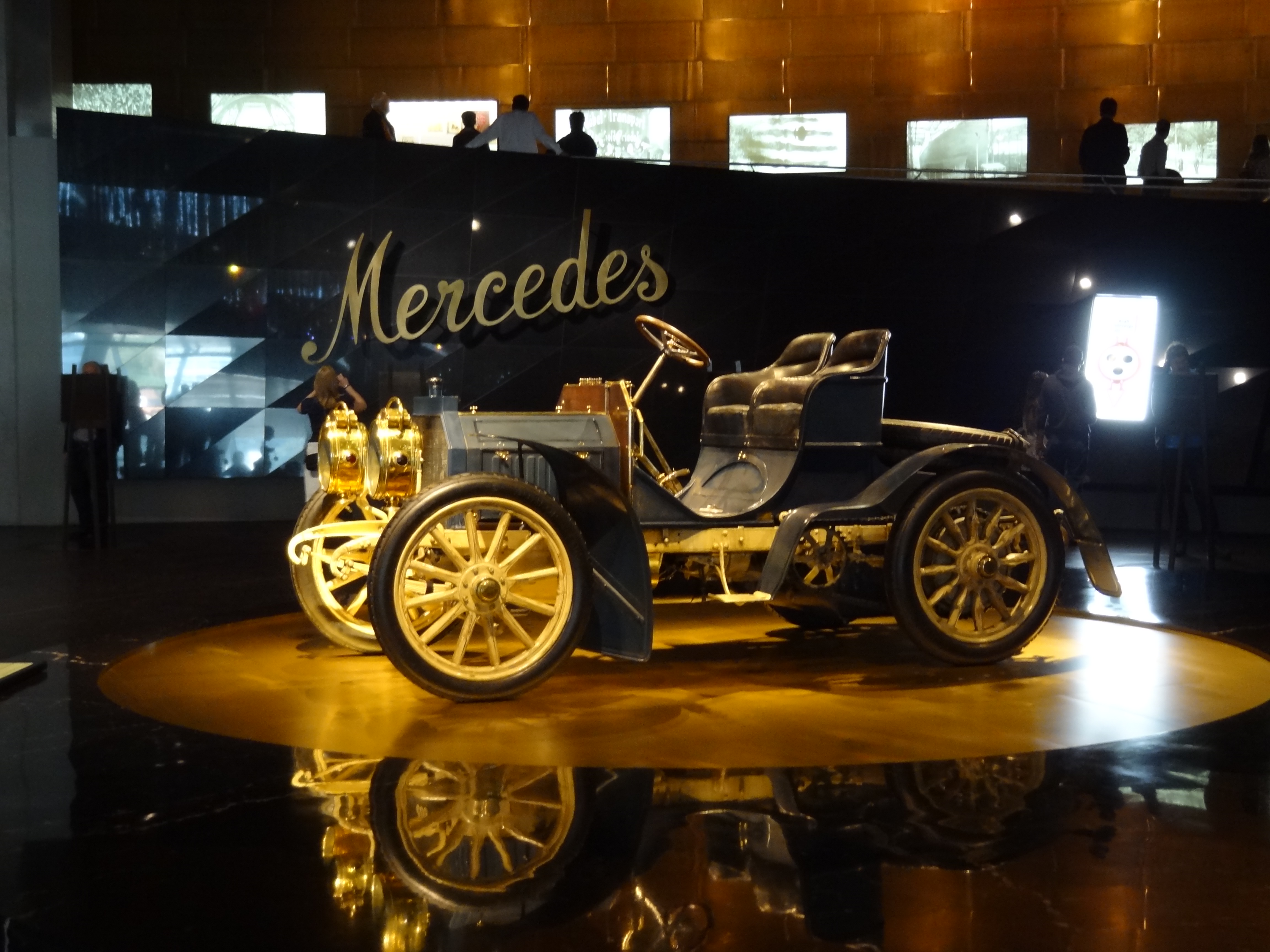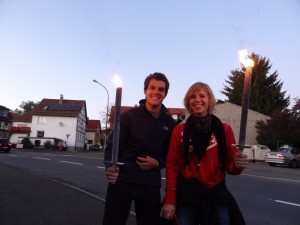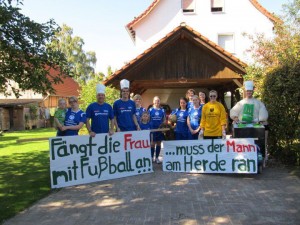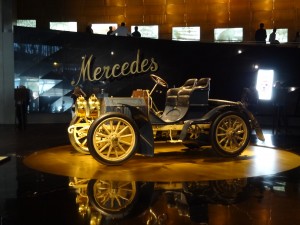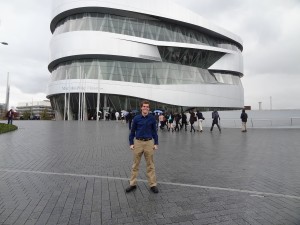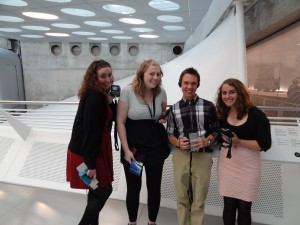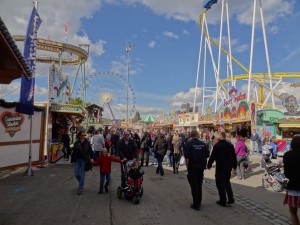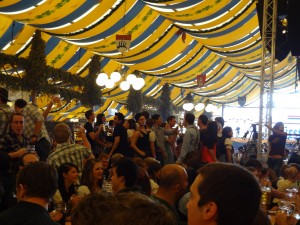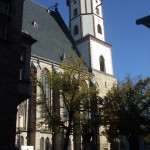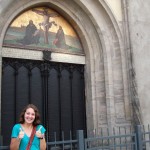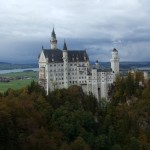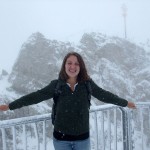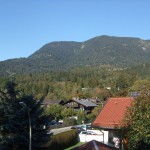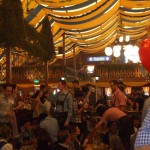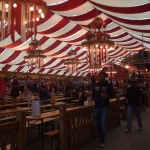So, it’s been another crazy week here in Tübingen. I’m getting ready to go visit some family this weekend that lives here in Germany, so I’ve been trying to get as much schoolwork finished before I leave. That will take up most of my weekend, so I wanted to get my homework out of the way first! Add that to the presentation I have to give later today, and you’ve got a pretty stressed out college kid!
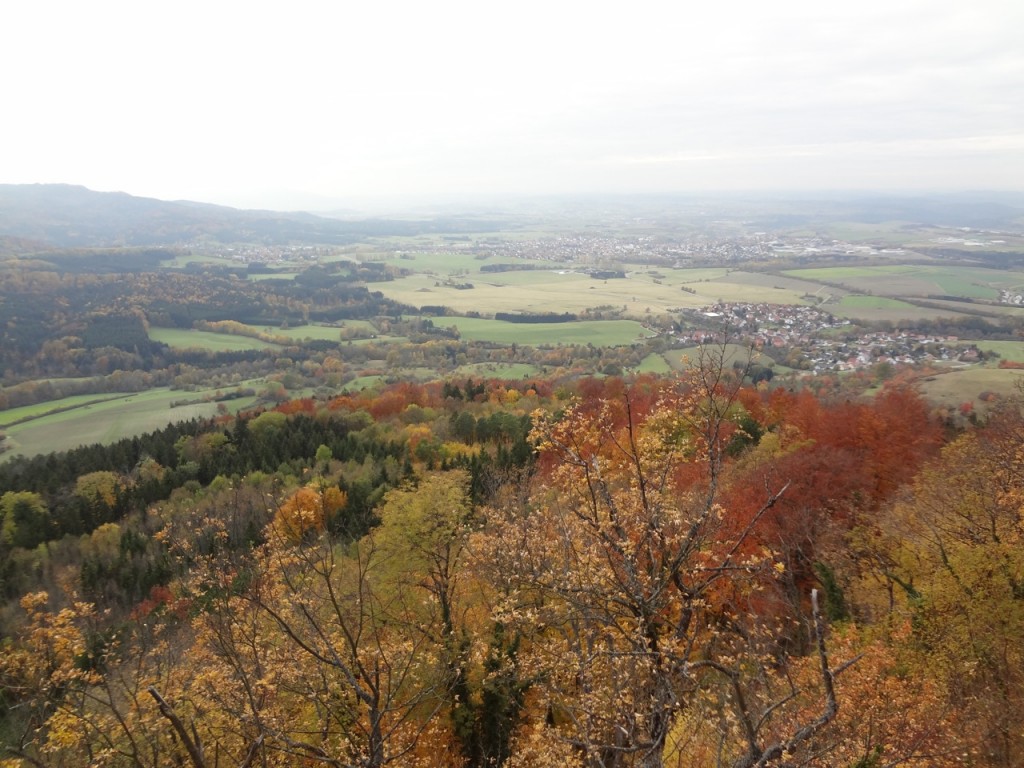
So, there aren't really pictures that would fit this post, so you all should enjoy some great German fall colors!
In any case, I promised you all a post about my classes here in Tübingen! So here it its!
The semester here in Germany starts significantly later than back in America. We only started the second week of October, so we’re still relatively at the beginning of the semester.
Here in Tübingen I’m not going to take any classes needed for my Biology or Chemistry majors, but instead I’m just going to finish working on my General Education credits and getting some things out of the way for my German major.
So, with that in mind, I chose to take a class on the “Literature of the German Romantic Period,” one on “Mass Media and Advertising in Germany,” another on German Pronunciation, a lecture in Sociology, and a theology class called “On the Essence of Human Freedom.”
The first week of my classes went okay, and I got by understanding almost everything that was happening. It was a little intimidating to find out that I’d have to give big presentations and write a 20-page paper for almost every class at the end of the semester, but all in all, I couldn’t complain too much.
The second week came, and things came to a boil in my theology class. I went out and bought the books we needed for the class, and set my goal of getting through the assigned reading. But understanding a text on German theological philosophy written in 1809 is easier said than done. The sentences were half a page long, and some had 4 semicolons in them. The words were huge, incomprehensible, and sometimes unable to translate. I thought I might die.
But I didn’t throw in the towel right away; first I focused on approaching the text in different ways. I read it 6 or 7 times, trying to get a little more out of it each time. I took notes each time, typed them up, revised them and then tried to read it again. But this just wasn’t happening. So I found the text in English online. And that helped, but it was still confusing.
But you know what? I stuck to my guns and went to class anyways. Anddddd, it got worse. I understood maybe 2% of what was said in the class. I couldn’t contribute anything to the discussion because I couldn’t even tell you WHAT they were talking about, much less everyone’s opinion about it. It also didn’t help that the Professor kept mumbling to himself.
For example, the Professor would stand at the front of the room and say, “Now, THIS isn’t what is important about this topic. It’s really not. You shouldn’t care about THIS, THAT, or THIS OTHER THING. What you should really care about is… kalskdjf a;liewfkjasdj klna;fdjsg lkajdf” And then I’d sit there and be like, “Great, I understood all the things that aren’t important, but I miss the one crucial concept!? Really? REALLY!?”
So, I resigned myself to failure and decided to look for another course. It wasn’t going to help me to sit all semester in a course that I had no hope of understanding, much less comprehending well enough to write a 20-page paper about and contribute regularly in class discussions. But luckily enough, I found a theology class on Religion and Literature in the 19th Century, which started meeting the next day!
I e-mailed the Professor, and got a spot! I actually love the new class – not only because the topic is really interesting, but it’s also in English! At first I felt guilty for taking a class in English (not the best for improving my German), but I figure that I deserve to understand what’s happening for just 2-hours each week, right?
In any case, all my other 4 classes are completely in German, and they are all going really well. I’ve been able to make friends in every class, and the German students are always really helpful if I don’t understand something.
My literature class is probably the dullest, but I can’t complain too much. I actually really like the professor, it’s just that poetry and old texts were never “my thing.” But that’s all right, we all need to be well-rounded people, and the class does a lot to improve my German.
My mass media class is super interesting – I’ve never taken a marketing class before. It’s really just an overview of everything from newspapers, magazines, and television to Facebook and Twitter. The Professor is strict though, and is one of those that will just call on you at any random minute. You’ve got to always be prepared to say something at least somewhat intelligent.
The Aussprache (Pronunciation) class I’m in is actually somewhat difficult for me. My written German has always been better than my spoken German, so I’m taking this course to work on that. But my pronunciation is terrible, and I mean TERRIBLE. So the Professor always makes me say things ten times over, and at the end it’s usually still not right. Oh well, that’s what I’m in the class for, right?
Lastly, my Sociology lecture is going pretty well. One of the German friends I made here in Tübingen is also in the class, so she is my personal human dictionary, and explains things I don’t understand. But all in all, the class is fascinating. We’re currently studying Karl Marx and his sociological principles. After we look at all the people that laid the groundwork for modern Sociology, we’ll start looking at modern principles of society.
So, I hope I didn’t bore you all to death with an analysis of all my classes! I think I’m going to enjoy the semester, and I’ll be sure to keep updating how everything in my classes is going, every now-and-then.
Until next time!
Tschüß!

